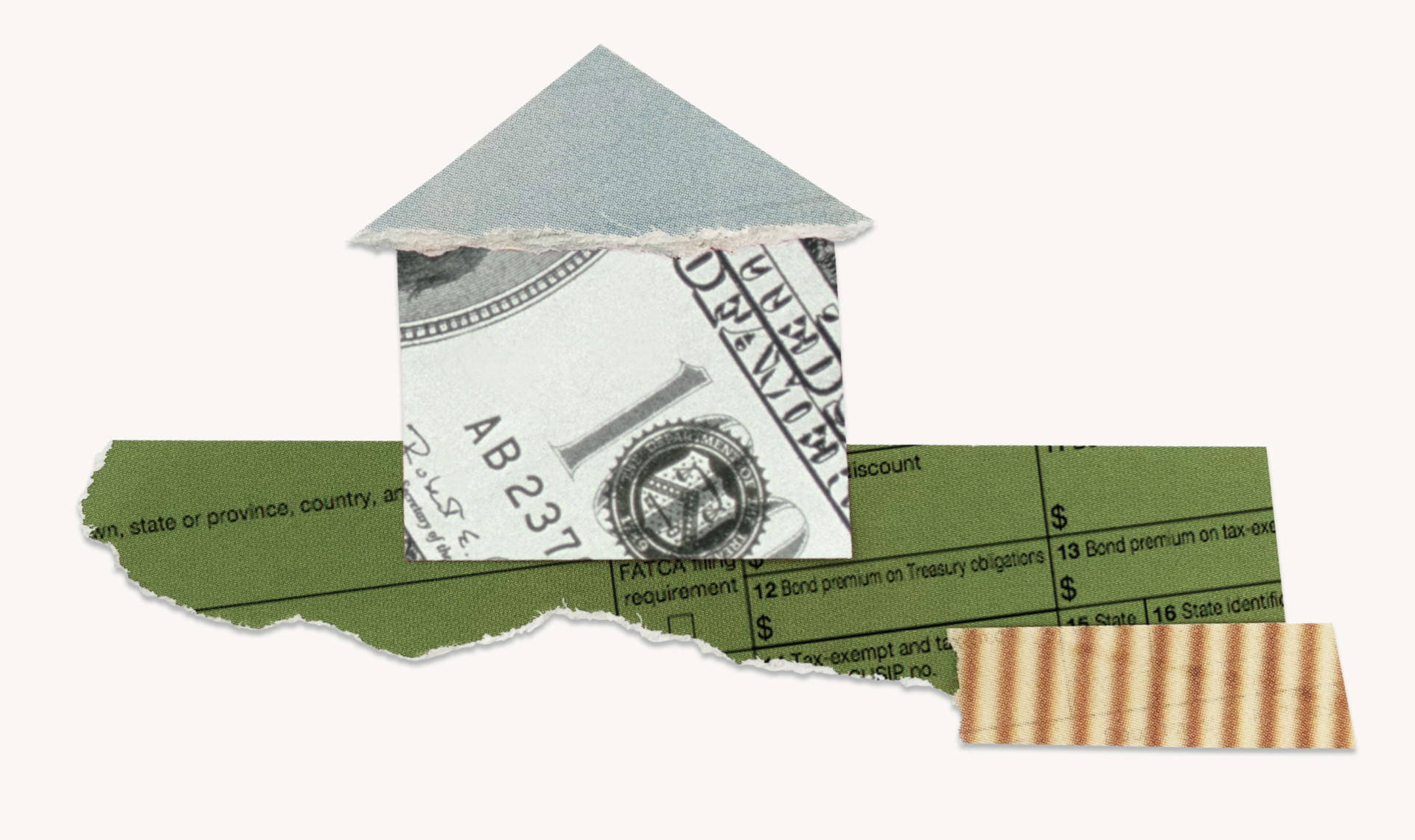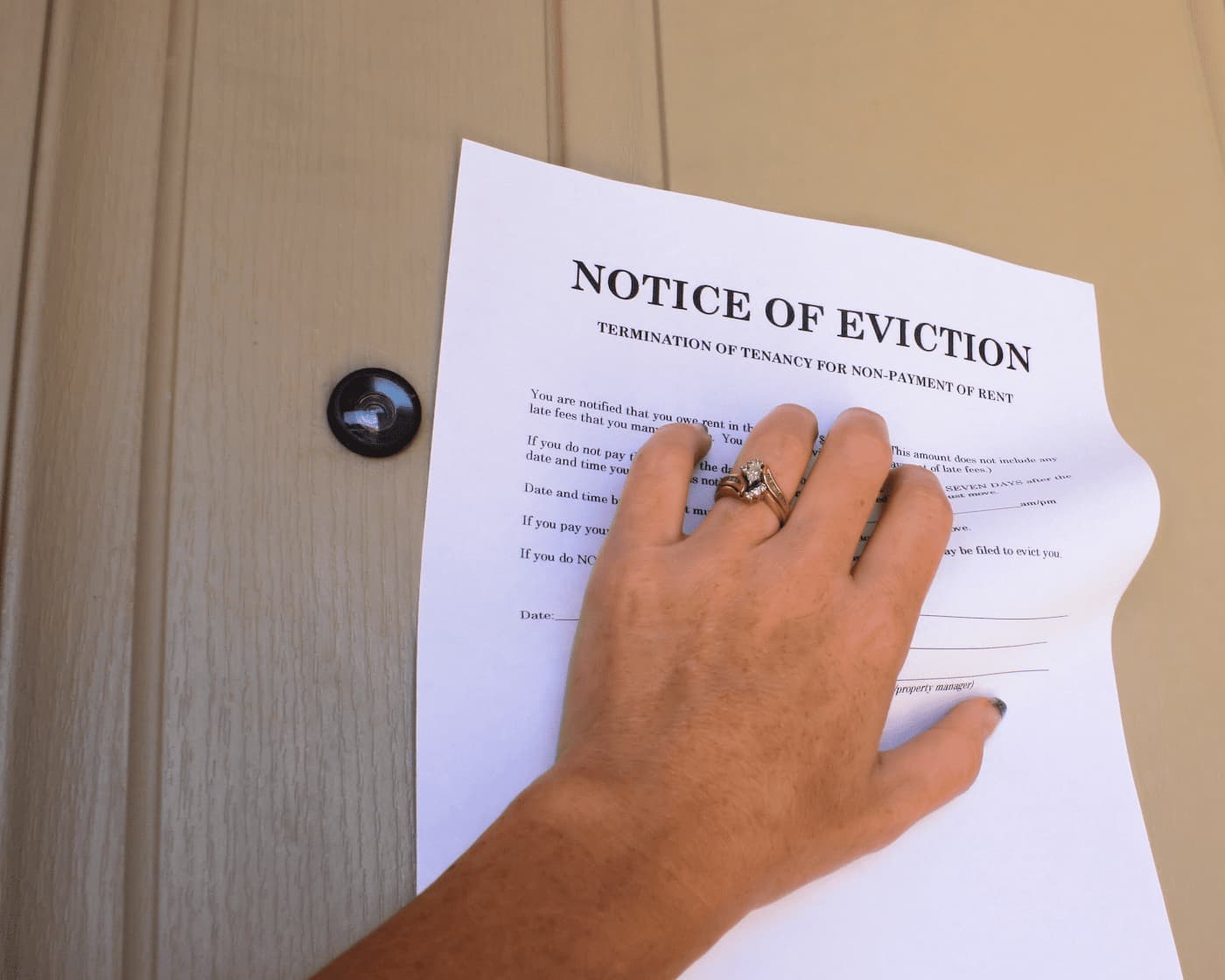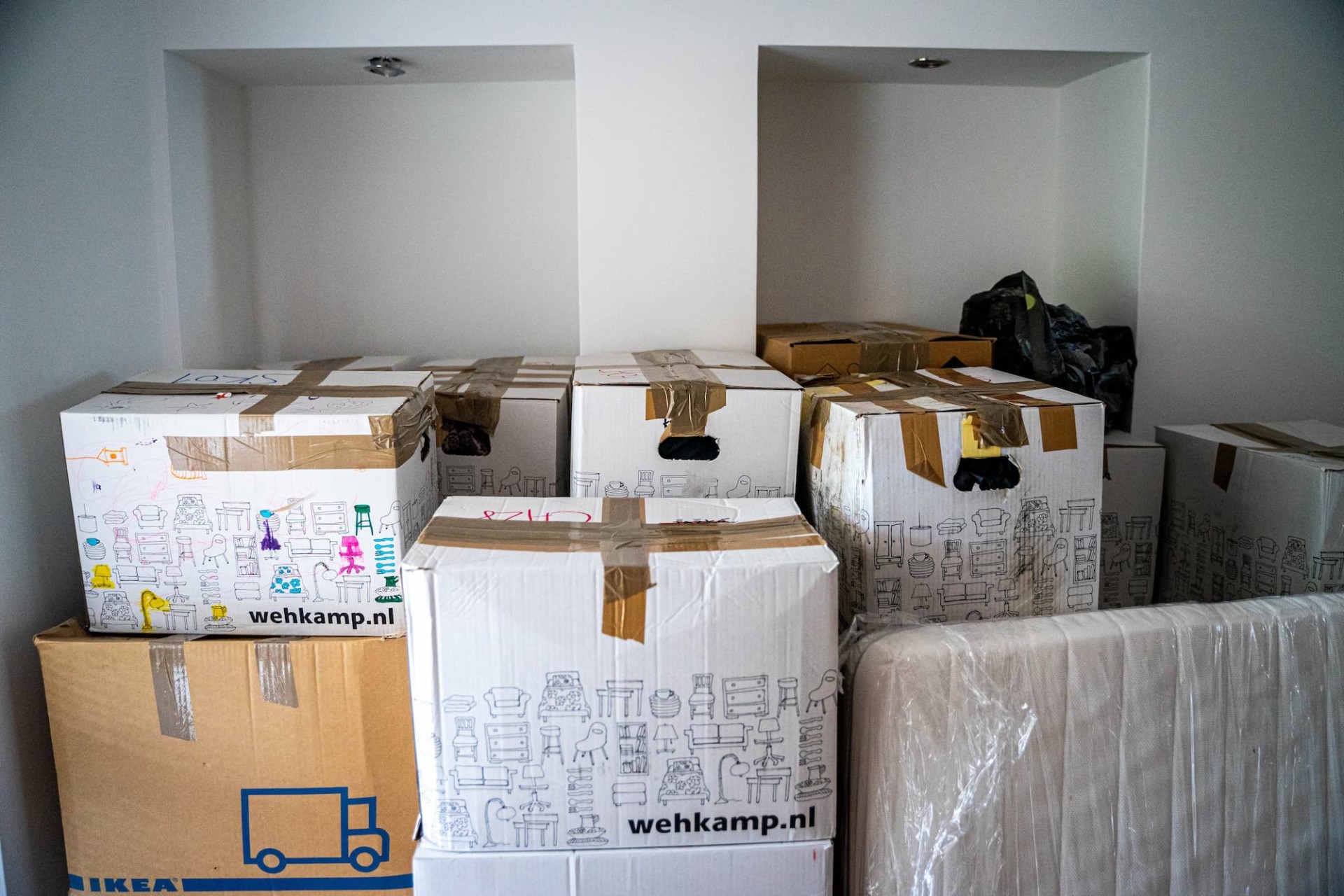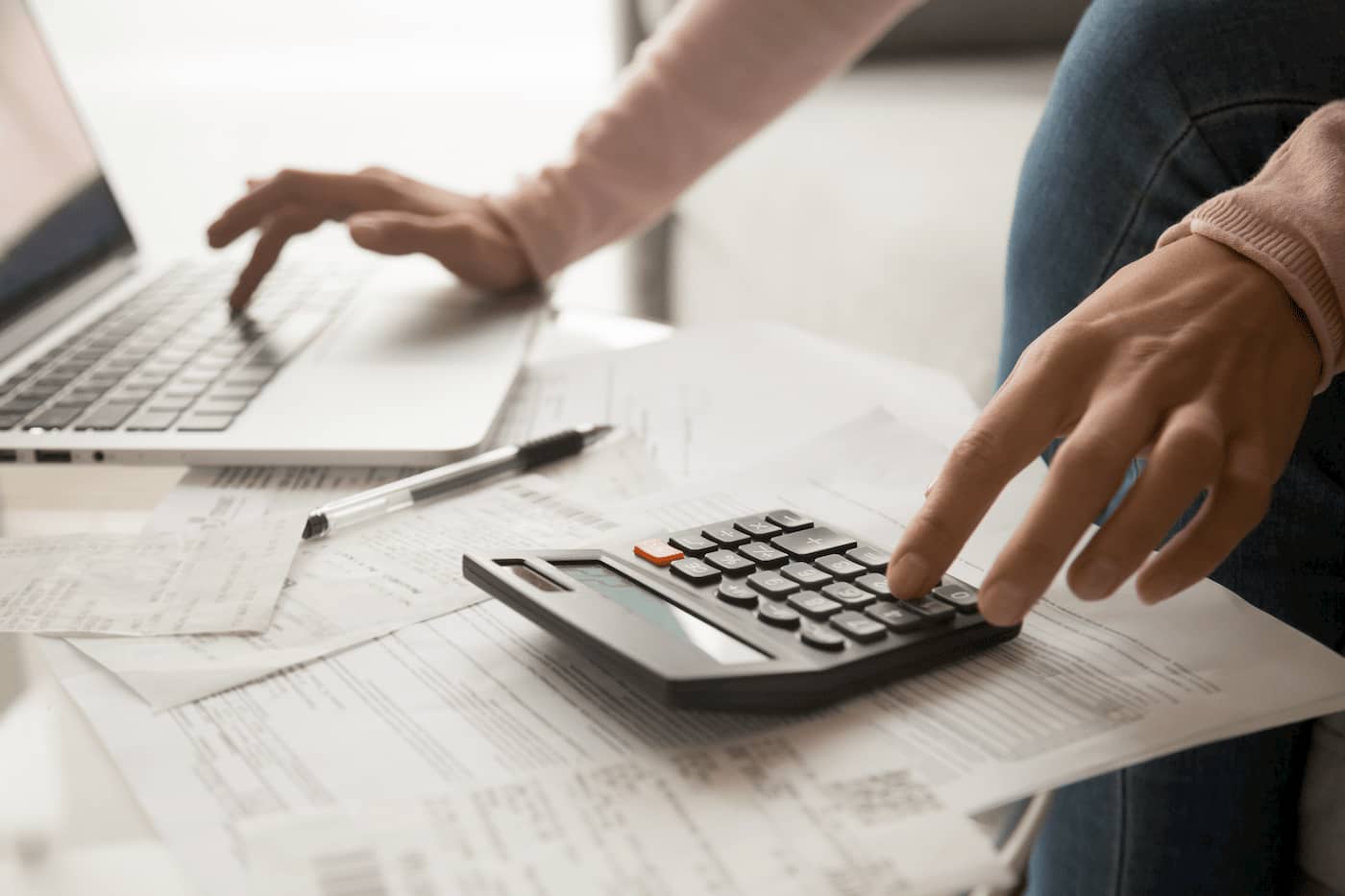The IRS tax code includes various incentives that encourage investing in real estate, making it a powerful vehicle to build wealth. For example, many items that property owners buy, as well as money they spend to improve and maintain their assets, are tax-deductible.
Bonus depreciation and Section 179 encourage businesses like real estate investors to invest in themselves by allowing them to get some or all of the tax benefit of writing off some expenses right away, or at least sooner than before. These are especially useful for new businesses, since they face considerable startup costs.
Bonus depreciation is set to expire in several years, so investors who wish to use it should know that the clock is ticking.
How does real estate depreciation work?
As explained in IRS Publication 946, depreciation is an allowance real estate investors receive for wear and tear, deterioration, or obsolescence of their property. The investor can take an annual deduction from pre-tax income to recover the cost of a residential rental property over its lifespan.
Real estate itself, plus some of the interior furnishings, such as flooring, appliances, furniture, and improvements to the landscape, are all costs for which real estate investors can claim bonus depreciation. Land is not, since it typically does not lose value.
To take advantage of the tax savings, the property has to meet certain criteria:
- It must be owned, not rented.
- It has to be used for business or investment purposes;
- It has to have a determinable useful life, which must be more than 1 year.
Investors can take depreciation deductions on various timelines. Investment real estate can be depreciated over a period of 27.5 years, so that the annual depreciation of a $110,000 property would be $4,000.
Of course, some of the contents of a home don't have a useful life of 27.5 years, such as appliances and carpeting, which can be depreciated over a shorter timeline of 5 years.
In other instances, investors can take declining balance appreciation, in which they depreciate assets based on their remaining useful life.
And then there's 100 percent bonus depreciation, in which the owner immediately deducts the entire expense.
Bonus depreciation and Section 179 are similar, but there are important differences.
How does bonus depreciation work?
Using bonus depreciation, a business takes the write-off for the cost of an asset immediately. It applies only to improvements that have a “useful life” of 20 years or less (useful life being the amount of time the IRS has determined an item can be used as part of a business's operation). For real estate investors, this applies to capital improvements to a property.
The Tax Cuts and Jobs Act (2017) made significant changes to the rules on this deduction. It doubled the bonus depreciation deduction for qualified property from 50 to 100 percent. It also allowed used property to qualify for the first time.
The new rules apply to property acquired and put into service between September 2017 and January 2023. Property acquired earlier is subject to the earlier rules.
Bonus depreciation won't last forever. The allowed deduction will decrease by 20 percent per year beginning in 2023, so the 2022 tax year is the last one with 100 percent depreciation, and the benefit phases out at the end of 2026.
Bonus depreciation is calculated by multiplying the bonus depreciation rate (currently 100 percent) by the cost of the asset. For example, assuming a 21 percent tax rate, a business claiming bonus depreciation on an asset that cost $100,000 would deduct $21,000.
Bonus depreciation can be used to create a net loss.
(Read more: Check out these 31 tax deductions often overlooked by property owners)
What qualifies for bonus depreciation?
Some examples include:
1. Property with a useful life of 20 years or less:
- Vehicles
- Equipment
- Furniture
- Fixtures
- Machinery
- Computer software
2. Some property that's used for both business and personal purposes, so long as it's used for business at least 50 percent of the time, such as:
Improvements versus repairs
Improvements are changes made to a property that add value, whereas repairs are changes made to a property that restore it to its original condition. Repairs are deducted in the year they're made.
Improvements add value to a property for years to come, so their tax deduction, known as depreciation, typically happens yearly, except when using 100 percent bonus depreciation.
Three examples distinguish a repair from an improvement:
- A new roof is an improvement, but patching a roof is a repair.
- New windows are an improvement, but windows that bring a property up to code are a repair.
- Replacing a broken sink with a newer model because the original model is discontinued is a repair. Replacing an old sink with a newer model when the original model is available is an improvement.
How does Section 179 work?
Section 179 also permits speedier deductions than standard depreciation, but it allows greater flexibility. Investors who use it can deduct an amount of their choosing, and they can allocate the deduction among assets as they choose. This way, they can save some depreciation for future years. Section 179 is especially beneficial for small companies, like retail real estate investors.
The Section 179 deduction applies to tangible property like cars, office equipment, business machinery, and computers. As of 2022, the deduction is capped at $1,080,000, and the spending cap is $2,700,000.
(Fun fact: earlier in its life, this deduction was often called the “SUV tax loophole” or, more colorfully, the “Hummer deduction,” because businesses used it to write-off the purchase of such vehicles, but this deduction has since been dramatically reduced.)
To qualify for Section 179, the purchased items must be in use for business purposes more than 50 percent of the time.
Businesses may be able to avail themselves of both bonus depreciation and Section 179 deductions. If investors do use both, the IRS requires them to use Section 179 before bonus depreciation.
Whereas bonus depreciation can be used even if a business isn't profitable, a Section 179 deduction requires profitability. A business cannot take a deduction greater than its own profits. So, if a business makes $20,000 and the improvement costs $30,000, the owner can apply Section 179 to only $20,000.
Bonus depreciation or Section 179?
Investors can decide which write-off method is best. Each has advantages and disadvantages.
When electing to take bonus depreciation, an investor will relieve the current tax burden, but in exchange gives up future depreciation on that expense.
Section 179 offers greater flexibility, but in return for that, there's a limit on the benefit. There are no limits on bonus depreciation, but the investor will be unable to benefit from a write-off in future years.
As always, investors should consult with their tax advisor or accountant to determine how best to use either write-off, both, or neither.



